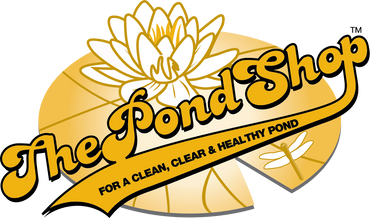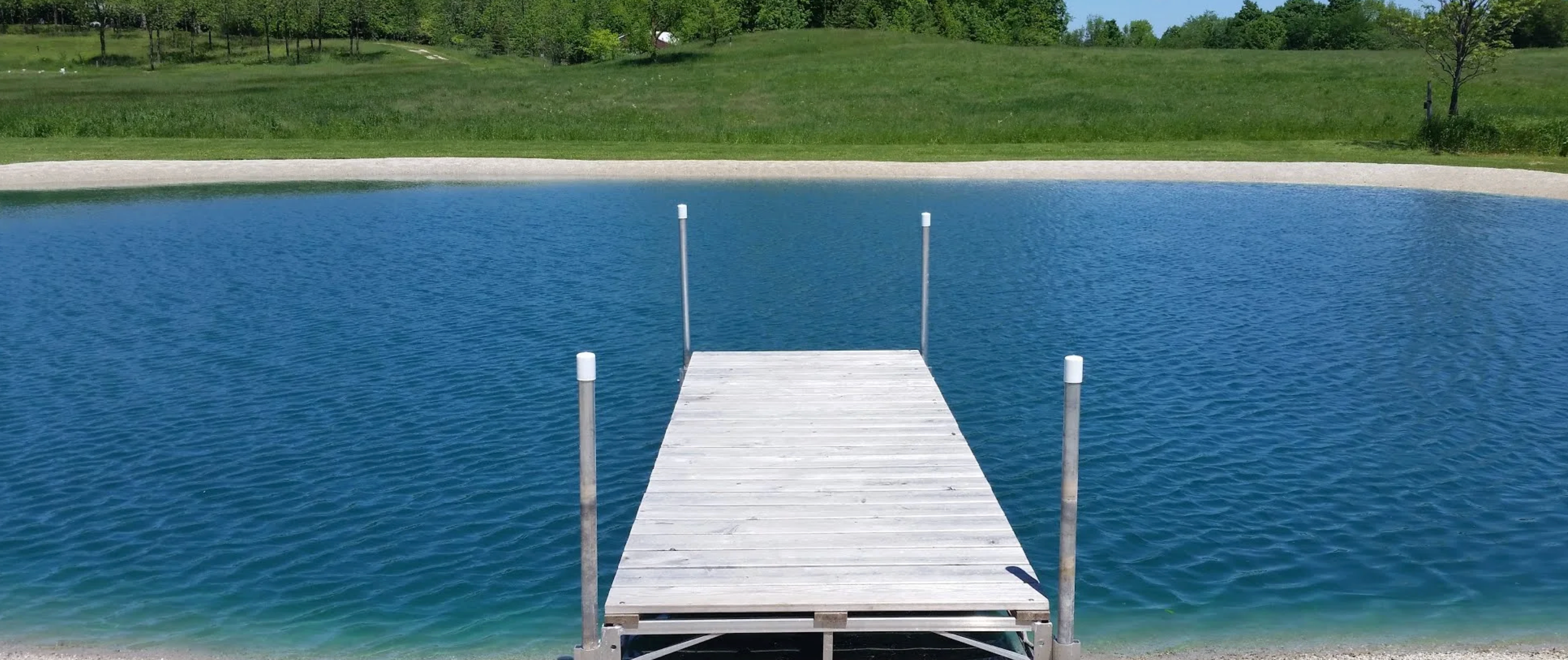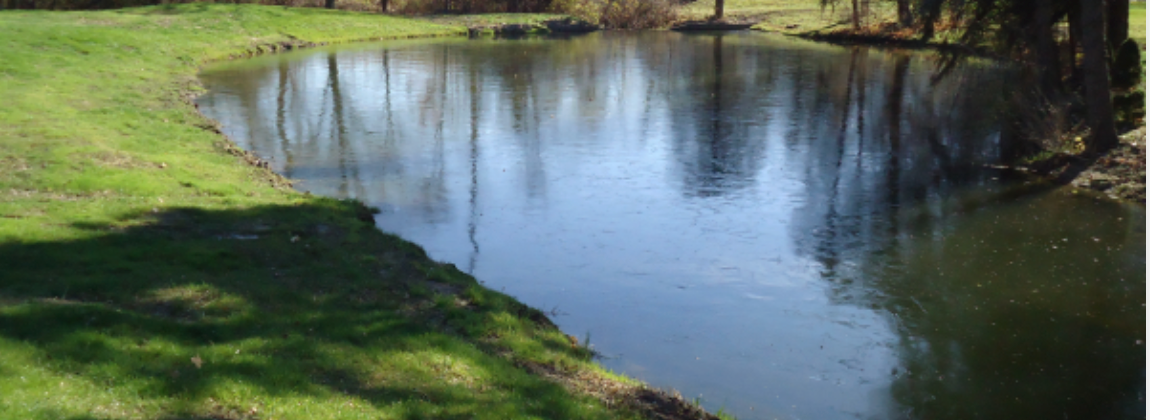Leaving dead vegetation in a pond can lead to several problems, both for the health of the pond’s ecosystem and for its overall appearance and functionality. Here are some key issues:
-
Oxygen Depletion: As dead vegetation decomposes, bacteria break it down, consuming large amounts of dissolved oxygen in the process. This can lead to oxygen depletion, which is especially harmful to fish and other aquatic organisms that rely on oxygenated water. In severe cases, it can cause fish kills.
-
Nutrient Overload: Decomposing plant matter releases nutrients like nitrogen and phosphorus into the water. While nutrients are necessary for plant and algae growth, too much can lead to an imbalance, causing excessive algae blooms (eutrophication). This can reduce water quality and block sunlight from reaching submerged plants.
-
Algae Blooms: With the increase in nutrients, algae can grow uncontrollably, forming thick mats on the water’s surface. Algae blooms not only look unattractive but also further deplete oxygen levels when they die and decompose, creating a vicious cycle. Some types of algae, like cyanobacteria, can produce toxins harmful to animals and humans.
-
Foul Odors: The decomposition of dead vegetation produces gases like methane and hydrogen sulfide, which can create unpleasant smells. This can make the pond area less enjoyable for recreation or relaxation.
-
Sediment Build-Up: As plant material breaks down, it adds to the organic matter accumulating at the bottom of the pond. Over time, this contributes to sediment build-up, reducing the depth of the pond and making it more susceptible to becoming a marsh or bog.
-
Habitat Imbalance: Too much decaying material can upset the balance of the pond’s ecosystem, harming beneficial plants and animals. It can also promote the growth of invasive species that thrive in nutrient-rich environments, outcompeting native species.
-
Water Clarity Issues: Decomposing vegetation releases particles and organic material into the water, making it murky or cloudy. Poor water clarity can affect the health of aquatic plants and animals that depend on sunlight and clean water.
To maintain a healthy pond ecosystem, it’s important to regularly remove dead vegetation, manage plant growth, and monitor water quality. This helps prevent the negative effects of decomposition and keeps the pond balanced and thriving.
How To Successfully Remove Dead Vegetation From Your Pond
Successful removal of dead vegetation from ponds requires a thoughtful approach to maintain water quality and the health of the ecosystem. Here’s how to do it effectively:
-
Choose the Right Timing:
- Early Spring or Late Fall: These are often the best times to remove dead vegetation because the impact on wildlife is lower, and plants haven’t started growing aggressively.
- Avoid Hot Weather: Removing vegetation during warm months can stir up nutrients and lead to algae blooms.
-
Use the Right Tools:
- Rakes and Skimmers: Manual tools like pond rakes or skimmers help remove floating debris and surface vegetation.
- Aquatic Weed Cutters: For submerged plants, specialized cutters can slice through growth so it can be gathered and removed.
- Pond Vacuums: These vacuums help remove decomposed plant material and sludge from the pond bottom.
-
Dispose of Vegetation Properly:
- Composting: Dead vegetation can often be composted, but avoid this if it contains invasive species.
- Mulching: Dried plant material can sometimes be reused as mulch for gardens.
- Off-Site Disposal: For large amounts or invasive species, it may be best to remove the material completely from the area.
-
Manage Nutrient Levels:
- Limit Fertilizer Runoff: Ensure fertilizers from nearby lawns or fields don’t wash into the pond.
- Introduce Beneficial Plants: Native plants help absorb excess nutrients and compete with algae.
- Aeration: Adding aerators or fountains helps circulate water and prevent oxygen depletion from decaying matter.
-
Monitor and Maintain:
- Regular Inspections: Check for signs of dead vegetation build-up and remove it before it decomposes.
- Water Testing: Monitor nutrient levels (like nitrogen and phosphorus) to prevent excessive plant growth and algae blooms.
-
Consider Biological Controls:
- Beneficial Bacteria: Adding beneficial bacteria that break down organic material without depleting oxygen can help manage sludge.
A well-managed pond with regular removal of dead vegetation maintains clear water, balanced nutrients, and a thriving ecosystem!



